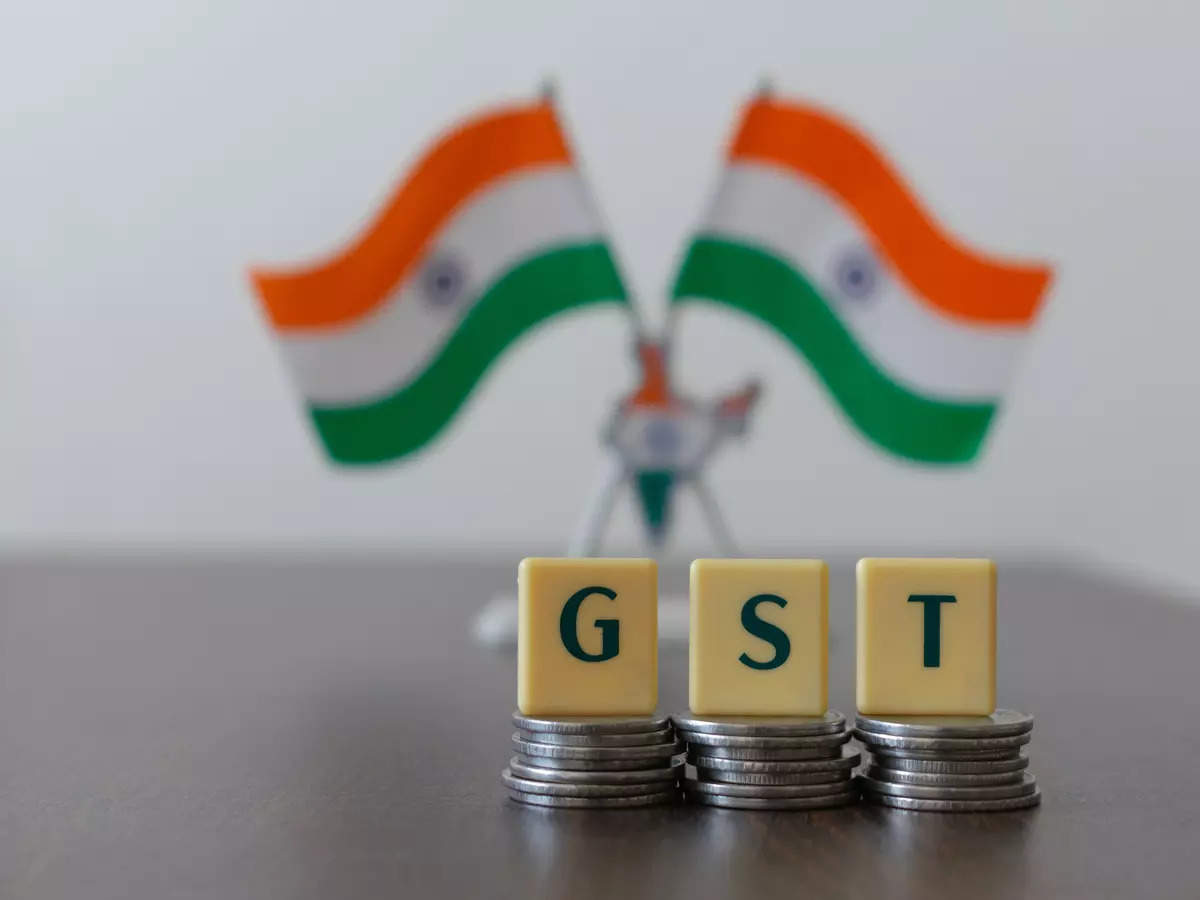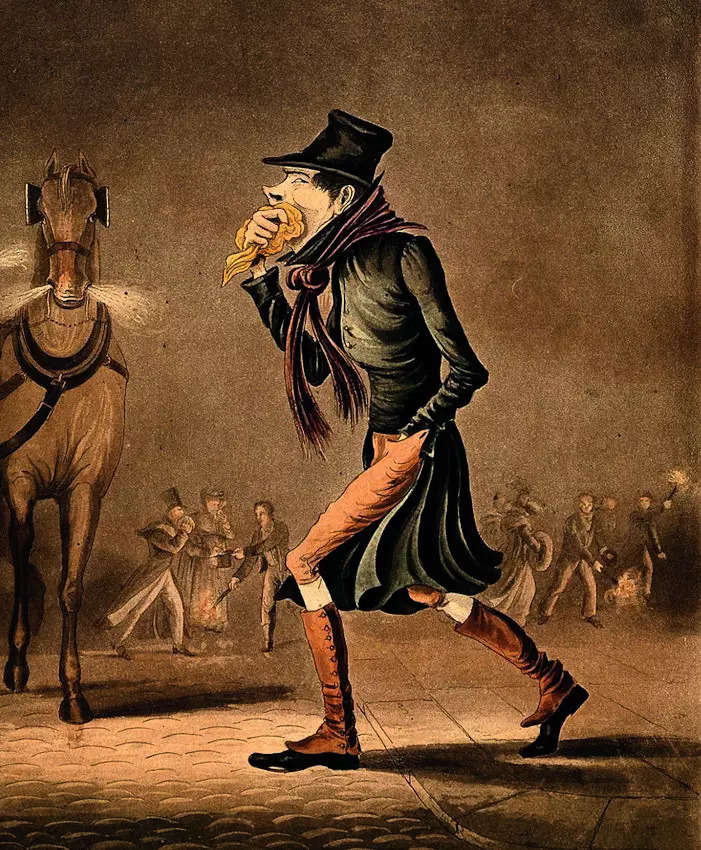
LOWER bank reserve requirements remain on the table but monetary authorities are still "trying to figure out the right timing," Bangko Sentral ng Pilipinas (BSP) Governor Eli Remolona Jr. said.
"We will raise it at the Monetary Board meeting at some point soon ... so when to do it and how much would be reduced ... that's one of the things we want to look forward to," he told reporters on Monday.
An adjustment by the third quarter, however, is "unlikely," he added.
Lower reserve requirement ratios (RRRs) were announced in June last year, freeing up money for lending as the BSP moved to offset the end of liquidity-enhancing exemptions introduced during the Covid-19 pandemic.
A 250-basis-point (bps) reduction for universal and commercial banks, and nonbank financial institutions with quasi-banking functions took effect at the end of that month.
That for digital banks was also cut by 200 bps, while for thrift, rural and cooperative banks the reduction was 100 bps.
These brought the RRRs — the percentage of deposits and deposits that banks must keep and not lend out — for big banks to 9.5 percent, digital banks to 6.0 percent, thrift banks to 2.0 percent, and rural and cooperative banks to 1.0 percent.
Remolona earlier this year said there was room to cut further, but only after cuts to key interest rates — the BSP benchmark rate currently stands at a near 17-year high or 6.5 percent — are implemented.
The BSP on Monday said that if inflation and economic growth worsen over the rest of the year, rate cuts could be delayed to the first quarter of next year.
Consumer price growth has accelerated for the last two months and is expected to breach the 2.0- to 4.0-percent target in the second quarter.
While monetary authorities expect the rate to return to target later in the year, they raised both the risk-adjusted and baseline forecasts for 2024 to 4.0 percent and 3.8 percent, respectively, from 3.9 percent and 3.6 percent.
Remolona said that monetary authorities were now slightly more hawkish and as a result were inclined to keep key interest rates higher for longer.
"[I] would say if we were relatively dovish we might reduce rates in the third quarter and that would be no more than 25 basis points but now we're feeling a bit more hawkish than before," he told reporters.
"So I would say we're not gonna do it by the third quarter. We may do it down the road. We're contemplating easing, [but] we're not contemplating any further tightening," he added.
Read The Rest at :









